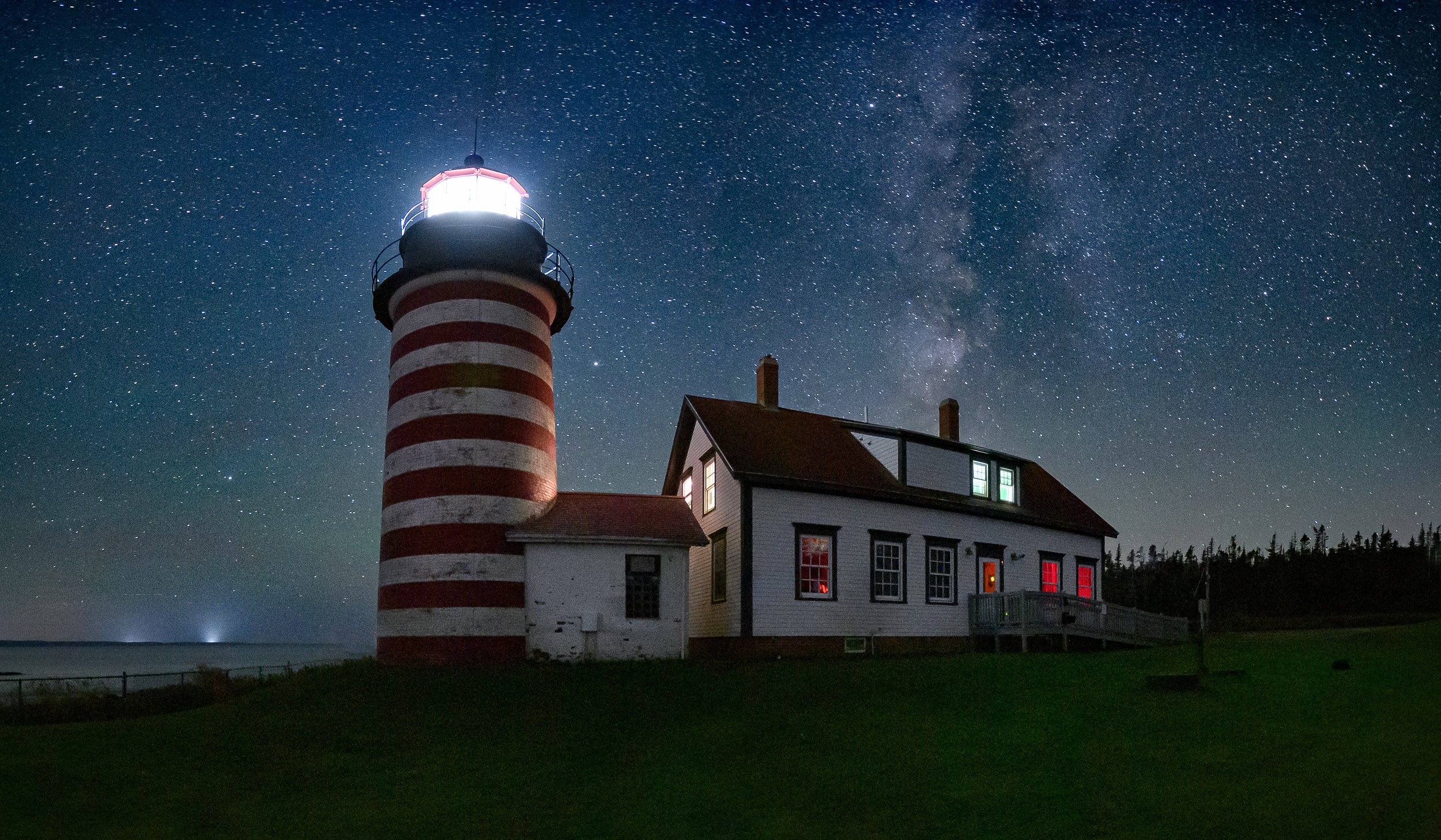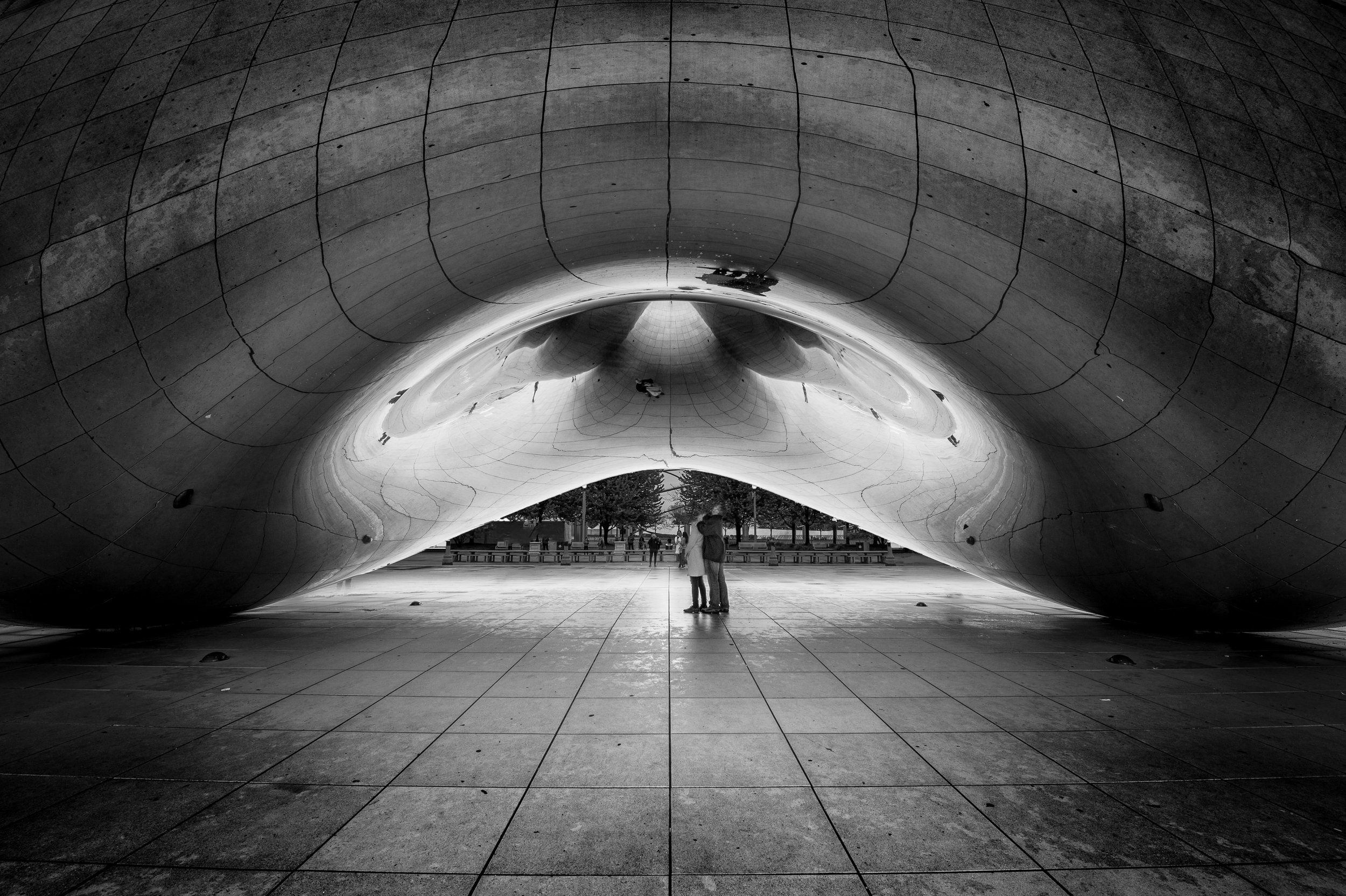Tripods hold a singular place in the growth of a photographer. Often at first they’re considered an obstacle to working quickly—if they’re considered at all. Then eventually they’re considered a necessary evil, grudgingly worth in dollars maybe somewhere between a filter and a small lens. Then later, we realize the true value of standing on three legs.
Eventually most photographers come to appreciate how a tripod makes them better. It makes them more stable, sure—but it also makes them more deliberate, more calculated, more consistent, more creative. A tripod becomes an ally.
We begin to view lesser tripods as deficient, and we see quality tripods as worth double what we think we can afford to pay. A great tripod—a BMW tripod, a Lexus tripod, heck even a Rolls-Royce tripod—comes to feel essential.
The investment is wise. A good tripod will last far longer than today’s in-vogue digital camera, and will even outlive the efficacy of many lenses. It will go places with you. It will be solid, it will be your rock. It will pick up scratches and scars, growing proudly haggard as your skills and artistry develop and flourish. It will be with you through the long and glorious haul toward becoming the photographer you are meant to be.
But that all needs to start with buying a good one. Whether entry-level or expert-level, a tripod must be reliable and must meet the task of supporting your collection of cameras and lenses and the way you want to use them.
That can be a hard charge in this world of more tripod options than we can count—not to mention the hundreds of heads, and the innumerable accessories. So National Parks at Night is here to help. We have put together a 71-page e-book titled Three Legs to Stand On: A Guide to Tripods.
In the book you’ll find:
a primer on how to choose a tripod
an article on how to get the most from your tripod
a personal story about a lost tripod that found its way home
tripod field tips from all the NPAN instructors
a buyer’s guide breakdown of over 60 tripods, heads and accessories
and more!
Just like our recent guide to photographing meteor showers, we’re offering Three Legs to Stand On as a pay-what-you-want publication. Feel free to download it for free, or to indulge us with payment of what the book is worth to you.
Either way, we’re happy you’re interested, and we’re thrilled if we can help you decide which tripod to buy next and how to best use it in the field.
You can download the e-book by clicking here:
Seize the night! Seize the legs?













